Search
Search Results
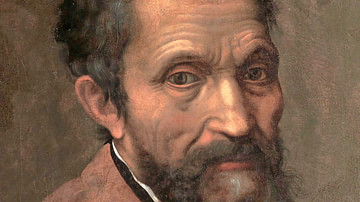
Definition
Michelangelo
Michelangelo (1475-1564 CE) was an Italian artist, architect and poet, who is considered one of the greatest and most influential of all Renaissance figures. His most celebrated works, from a breathtaking portfolio of masterpieces, include...
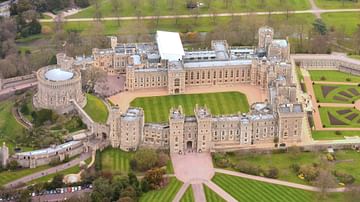
Definition
Windsor Castle
Windsor Castle is located in Berkshire, England, and was built as a motte and bailey castle by William the Conqueror (r. 1066-1087). Converted into stone by Henry II of England (r. 1165-1179), the shell keep tower was rebuilt by Edward III...

Definition
Raphael
Raphael (1483-1520) was an Italian painter and architect who is regarded as one of the greatest of Renaissance artists alongside Michelangelo (1475-1564) and Leonardo da Vinci (1452-1519). Raphael's works are celebrated for their harmonious...

Definition
Giotto
Giotto di Bondone (b. 1267 or 1277 - d. 1337 CE), usually referred to as simply Giotto, was an Italian painter and architect whose work was hugely influential in the history of Western art. Giotto is most famous today for the cycle of frescoes...
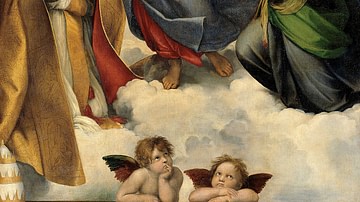
Image
Sistine Madonna
Sistine Madonna, oil on canvas painting by Raphael, 1513-1514.
Gemäldegalerie Alte Meister, Dresden.
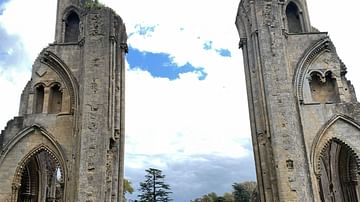
Article
Visiting Glastonbury - the Town of Myths & Legends
The Somerset Levels is an area of the British Isles that captivates visitors with its stunning natural landscape and historical sites and monuments. Glastonbury is famous for its apple orchards and music festival. It is one of the most visited...
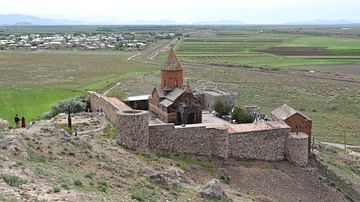
Definition
Khor Virap
Khor Virap is a monastery located in Armenia that was first established in 642 CE. Its name is derived from "virap nerk'in," which means "deep dungeon" in Armenian. Khor Virap is one of the most sacred and visited sites in Armenia primarily...
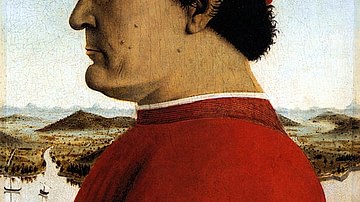
Article
Patrons & Artists in Renaissance Italy
During the Renaissance, most works of fine art were commissioned and paid for by rulers, religious and civic institutions, and the wealthy. Producing statues, frescoes, altarpieces, and portraits were just some of the ways artists made a...
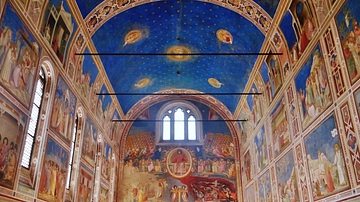
Image
Scrovegni Chapel Interior
The interior of the Scrovegni Chapel (aka Arena Chapel) in Padua, northern Italy. The walls are decorated with a cycle of frescoes showing the life of the Virgin Mary and Jesus Christ. painted by Giotto from c. 1304 to c. 1315 CE.
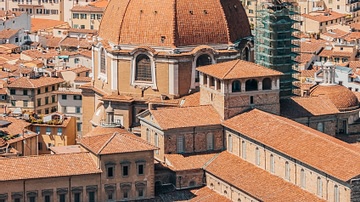
Image
Dome of the Medici Chapel, Basilica of San Lorenzo
The dome of the Medici Chapel, part of the Basilica di San Lorenzo, Florence. The chapel was completed built in the 16th and 17th centuries to honor the Medici family, one of the great families of Renaissance Italy. (Courtesy of Unsplash)